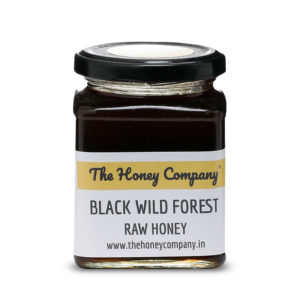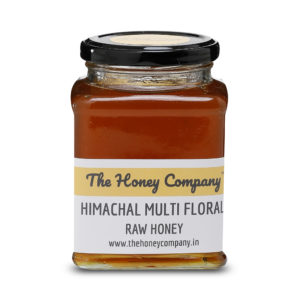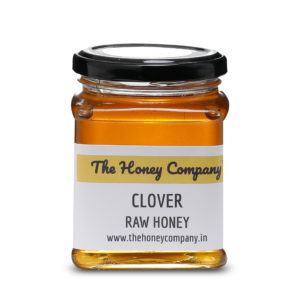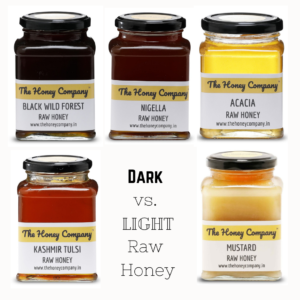Which Honey is the Best? Why Choosing the Right Honey Matters
Walk into any store (or browse online), and you’ll see endless options: raw honey, multifloral, monofloral, forest honey, beekeeper’s honey. With so many choices, it can be confusing to know which honey is best for you.
The good news? Once you understand the basics, it’s quite simple.
Raw Honey vs Processed Honey

Unless advised otherwise by your doctor or if you’re allergic to pollen, always go for raw honey.
Raw honey is simply honey extracted from the comb, gently strained to remove wax or debris, and packed into jars. It retains enzymes, amino acids, minerals, vitamins, antioxidants, and traces of pollen, making it far more nutritious than heated or heavily processed honey.
Honey that has been pasteurised (heated) loses most of its beneficial properties and becomes little more than a sweetener.
Multifloral vs Monofloral Honey
Multifloral Honey
Also called wildflower honey, this comes from bees that forage across a variety of plants.
-
Taste: Complex and layered – fruity, spicy, woody, or floral depending on the region and season.
-
Best for: People who want variety, enjoy experimenting with flavours, and want honey rich in pollen diversity.
Monofloral Honey
Made when bees primarily forage on a single flower type. To be labelled monofloral, typically 45% or more pollen must come from that source (though standards vary from 20–70% depending on flower).
-
Taste: More consistent, with subtle regional differences. For example, Acacia honey is light, mild, and almost transparent, while Mustard honey is sweet and pungent.
-
Best for: People looking for specific flavour notes or therapeutic properties linked to certain flowers.
The Colour of Honey
Honey comes in many shades, from nearly clear to deep amber or even almost black.
-
Light honeys (like Acacia) are usually mild and floral.
-
Amber honeys (like Wildflower) have a richer, fruitier flavour.
-
Dark honeys (like Forest or Buckwheat) are bold, earthy, and higher in minerals and antioxidants.
👉 Generally, the darker the honey, the stronger the flavour and the higher the antioxidant content.
How Honey Tastes
Honey is never just “sweet.” It is never just one flavour. It is a wonderful amalgamation of flavours fruity, floral, spicy, tangy, pungent, woody, citrusy, nutty, creamy, sweet or bitter.
This makes honey an endlessly fascinating natural food—each jar is like a fingerprint of the land it comes from.
How to Choose the Right Honey for You
Ask yourself: What will I use it for?
-
For Tea, Coffee, Juices, Baking and Marinades → Choose light monofloral honey (like Acacia, Clover or Lychee).
-
For Everyday Use → Himachal Multifloral honey – versatile, balanced flavour.
-
For Health & Immunity → Go for raw, unheated honey, preferably darker for antioxidants (Black Wild Forest, Neem, Tulsi, Eucalyptus, Ajwain.
✅ Key Takeaway: There is no “one best honey.” The right honey depends on your taste preference, health goals, and intended use.


